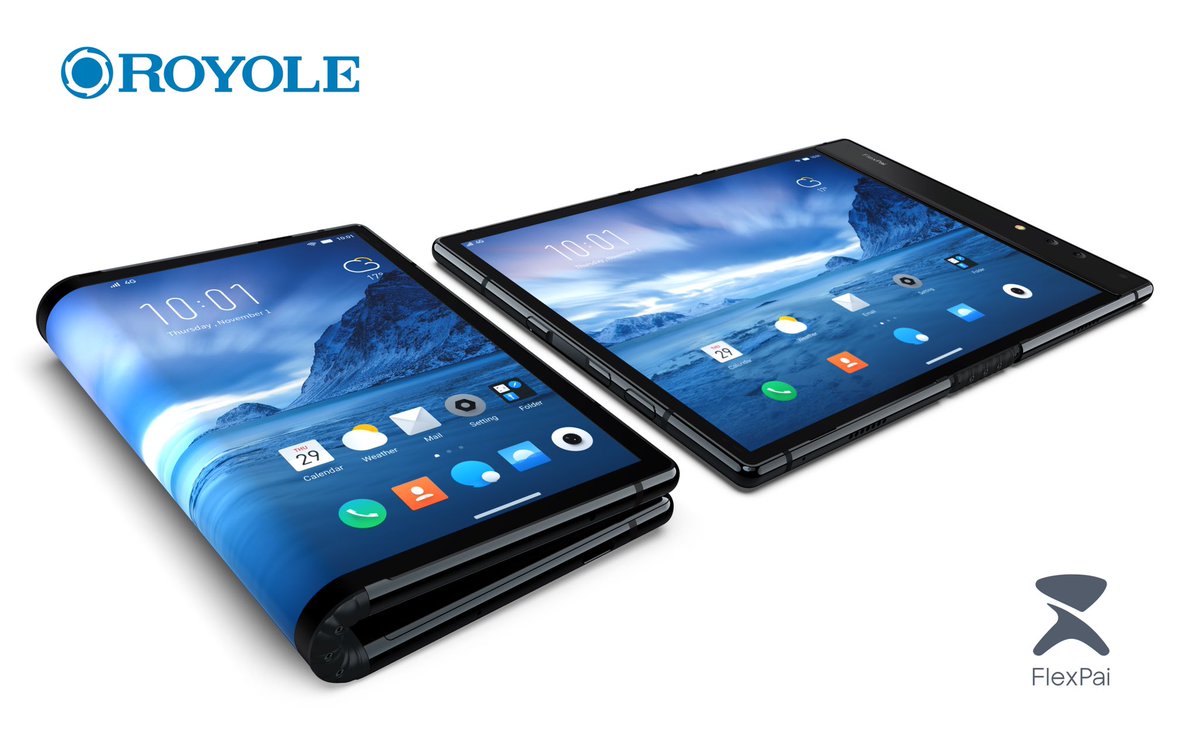When it comes to folding phones, Samsung is working on an innie and Apple may be working on an outie
3 min. read
Published on
Read our disclosure page to find out how can you help MSPoweruser sustain the editorial team Read more

We are already very familiar with Samsung’s folding smartphone, the Samsung Galaxy F, with the device likely the first of a wave of folding smartphones released this year by competitors like LG and Huawei.
One company which is expected to wait at least till 2020 to enter the market is Apple, and it now seems the company may make a giant departure from the rest of the market, with a phone which does not fold inwards but opens up outwards.
The idea is hinted at by Federico Casalegno, head of Samsung Design Innovation Center, who is quoted in the Korea Herald as saying:
Compared to the wrap-around display phone — which Apple seems to be looking into as one possible design for its foldable model — Casalegno said Samsung’s in-folding display phone could provide better experiences for users in terms of design.
The outward folding phone is actually a much simpler device to create than an inward folding phone, due to the larger turn radius, which explains why the only actual folding phone with a flexible screen which is on sale uses an outward folding screen.
It does, however, produce a device with a rather bulky hinge, though work to produce a better inward folding phone screen will of course also advantage work for an outward folding phone even more easily.
Apple has hinted at using the back of the phone as a display surface in a 2013 patent, as noted by BGR, who quotes:
In the last few years the functionality of portable electronic devices has increased exponentially. Further improvements be realized by investigating ways to maximize the utility of unused portions of these devices. Form factor is an interesting area for development given that a large majority of portable electronic devices have settled into a standard form factor; namely a flat planar form factor with a display on one side and an opaque housing which contains the electrical components covering the rear surface of the device. Unfortunately, this popular form factor, leaves the sides and rear surfaces of the device unused or at best configured with buttons and switches with fixed location and functionality. Since many of these buttons and switches have fixed functionality they cannot always be incorporated into third-party applications.
It would be interesting to see if Apple would forge their own way, and how the market would react to the design, which is ultimately cheaper and easier to produce, but also certainly uglier and more ungainly. Like the notch, will we see many companies rushing to follow the lead, or will it be another example of Apple losing touch with consumers?
What do our readers think? Let us know below.










User forum
0 messages